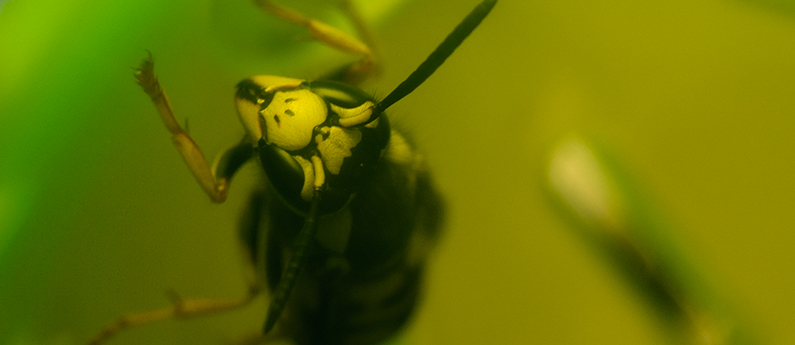With August coming to a close, you might have noticed an uptick in the presence of a familiar black-and-yellow backyard menace – the yellowjacket. And if you’ve noticed that your yard’s yellowjackets seem a little bit more aggressive this time of year, take comfort: it’s not just you. In this blog, we’ll delve into the reasons behind the increased activity and aggression of yellowjackets in late summer and give you some recommendations to keep them under control.
Yellowjacket Workers: Employees of the Month
Yellowjacket colonies have a structured caste system comprised of the queen, drones, and workers. During the early part of summer, the primary focus of the colony is to grow and develop (this is why we recommend setting traps in early spring to catch the queens!). However, as late summer approaches, the colony begins to shift its focus towards reproduction and building resources for the colder months. This transition puts the worker yellowjackets – the ones you're more likely to see – in the spotlight.
Who Turned Up the Heat?
Yellowjacket activity is influenced by environmental factors, including temperature and precipitation. As temperatures rise during the summer, worker yellowjackets become more active as they search for food and resources to prepare for winter. The availability of food sources—namely, other insects—plays a role in determining their level of activity and aggression. If their natural sources of food are in short supply due to drought or extreme heat, yellowjackets may become more aggressive as they search for sustenance. If you’ve ever wondered why yellowjackets suddenly won’t leave your barbeque alone when August rolls around: this is why.
Yellowjacket Nests Are Hiding in Plain Sight
Yellowjacket nests are typically well-camouflaged, but may be found in various locations by a careful observer. Prime yellowjacket nest real estate includes lavish locations like holes in the ground, tree hollows, and the space behind your home’s siding. By late summer, these clandestine nests have had time to expand and facilitate enormous populations of yellowjacket workers—sometimes as many as 5,000!

If you find that they’re becoming a nuisance around your home, you’ll want to use a trap specifically designed to catch yellowjackets, like our reusable and disposable yellowjacket traps. These traps help mitigate the potential threat these insects might pose, especially during late summer and early fall when their activity and aggression peak. Because they're activated with water, our disposable yellowjacket traps are particularly effective in the late summer months when yellowjackets are desperately searching for moisture for survival.
RESCUE! Reusable Yellowjacket Trap
RESCUE! Disposable Yellowjacket Trap
It's important to note that yellowjackets are often confused with other insects, such as paper wasps, honeybees, and bumblebees, due to their similar color patterns. If you need help identifying the insects that are giving you trouble, we have a handy guide.


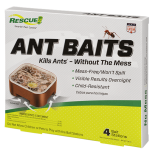 Ant Baits
Ant Baits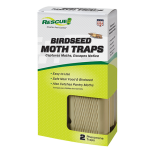 Birdseed Moth Trap
Birdseed Moth Trap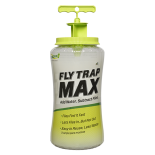 Fly Trap Max
Fly Trap Max Fly Trap, Big Bag
Fly Trap, Big Bag 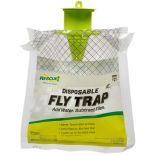 Fly Trap, Disposable
Fly Trap, Disposable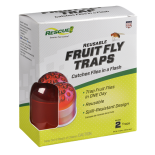 Fly Trap, Fruit Fly
Fly Trap, Fruit Fly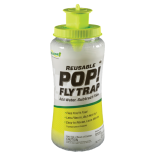 Fly Trap, POP! Fly
Fly Trap, POP! Fly 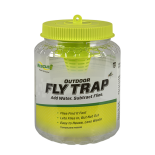 Fly Trap, Reusable
Fly Trap, Reusable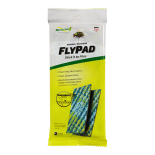 FlyPad
FlyPad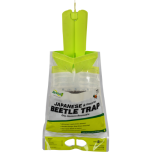 Japanese & Oriental Beetle Trap
Japanese & Oriental Beetle Trap Spider Trap
Spider Trap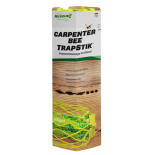 TrapStik, Carpenter Bee
TrapStik, Carpenter Bee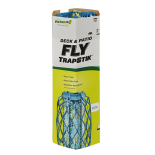 TrapStik, Deck & Patio Fly
TrapStik, Deck & Patio Fly 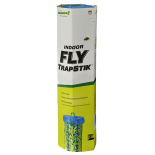 TrapStik, Indoor Fly
TrapStik, Indoor Fly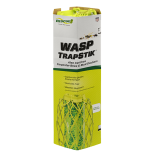 TrapStik, Wasp
TrapStik, Wasp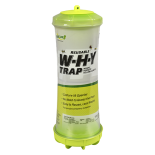 W·H·Y Trap for Wasps, Hornets & Yellowjackets
W·H·Y Trap for Wasps, Hornets & Yellowjackets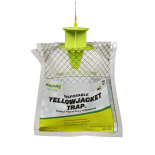 Yellowjacket Trap, Disposable
Yellowjacket Trap, Disposable 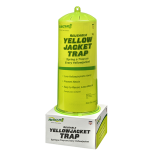 Yellowjacket Trap, Reusable
Yellowjacket Trap, Reusable 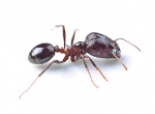 Ants
Ants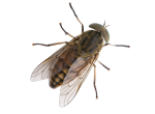 Biting Flies
Biting Flies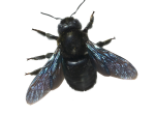 Carpenter Bees
Carpenter Bees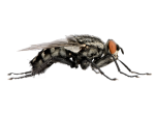 Flies
Flies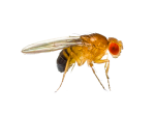 Fruit Flies
Fruit Flies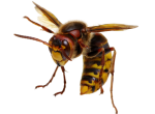 Hornets
Hornets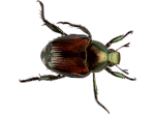 Japanese Beetles
Japanese Beetles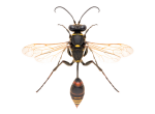 Mud Daubers
Mud Daubers Oriental Beetles
Oriental Beetles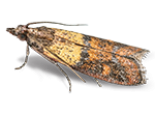 Birdseed & Pantry Moths
Birdseed & Pantry Moths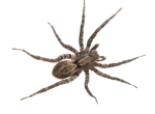 Spiders
Spiders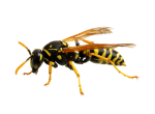 Wasps
Wasps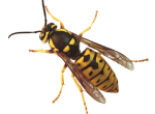 Yellowjackets
Yellowjackets